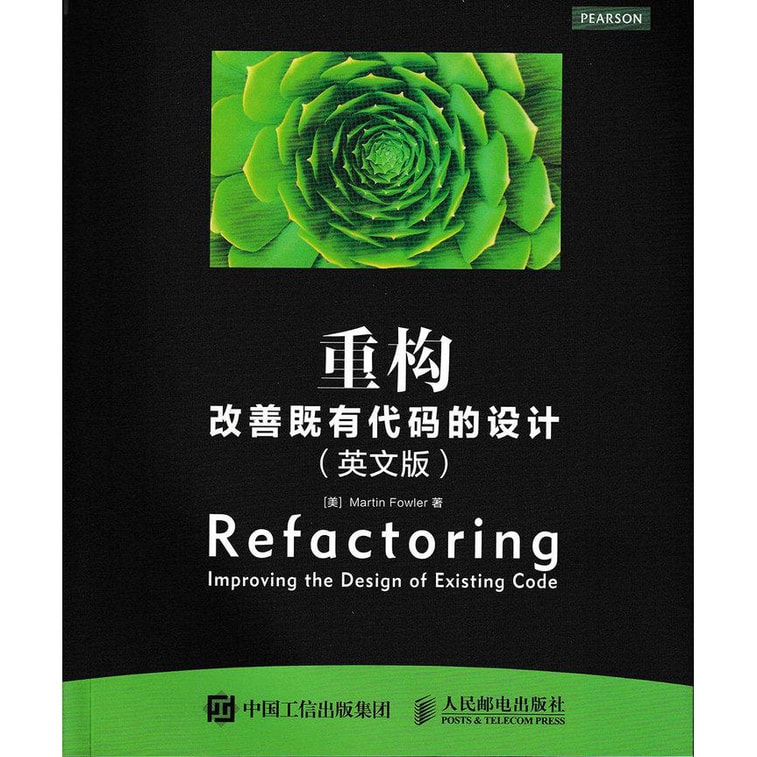历史浏览
{{ item.brand_name }}
{{ item.group_num + __(" Options") }}
{{ item.item_title }}
{{ item.rank.category_name }}
{{ $isZh ? ' ' + item.rank.rank_name +' No.'+ item.rank.rank_num : '#'+item.rank.rank_num + ' ' + item.rank.rank_name }}
{{ item.rank.category_name }}
{{ item.rank.category_name }} {{ $isZh ? ' ' + item.rank.rank_name +' No.'+ item.rank.rank_num : '#'+item.rank.rank_num + ' ' + item.rank.rank_name }} {{ item.rank.category_name }}
{{ currency }}{{ priceFormat(item.price.shop_price) }} {{ currency }}{{ priceFormat(item.price.del_price) }}
{{ item.bundle }}
已售完
已加入购物车
为你推荐






























评论{{'('+ commentList.posts_count + ')'}}
分享你的感受,帮助更多用户做出选择。
写评论{{i}}星
{{i}}星
{{ parseInt(commentRatingList[i]) }}%
{{ showTranslate(comment) }}收起
{{ strLimit(comment,800) }}查看全部
Show Original{{ comment.content }}
{{ formatTime(comment.in_dtm) }} 已购买 {{groupData}}
{{ showTranslate(comment) }}收起
{{ strLimit(comment,800) }}查看全部
Show Original{{ comment.content }}
{{ formatTime(comment.in_dtm) }} 已购买 {{groupData}}
暂无符合条件的评论
评论详情
{{commentDetails.user_name}}
{{ showTranslate(commentDetails) }}收起
{{ strLimit(commentDetails,800) }}查看全部
Show Original{{ commentDetails.content }}
{{ formatTime(commentDetails.in_dtm) }} 已购买 {{groupData}}
回复{{'(' + replyList.length + ')'}}
{{ reply.reply_user_name }}回复{{ reply.parent_user_name }}
{{ showTranslate(reply) }}收起
{{ strLimit(reply,800) }}查看全部
Show Original{{ reply.reply_content }}
{{ formatTime(reply.reply_in_dtm) }}
End
请输入评论
举报
取消确认删除该评论吗?
取消